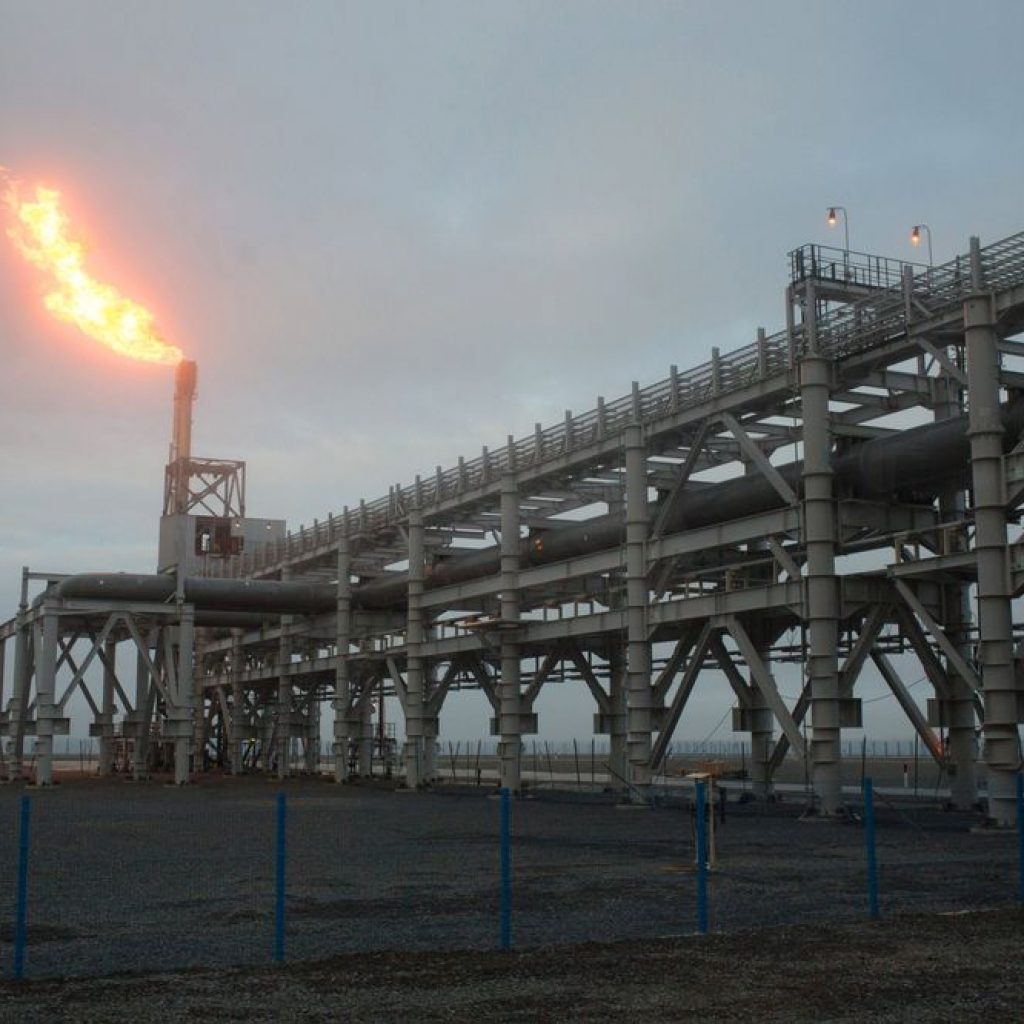RA’s Daily Russia News Blast – May 19, 2020

Today in Russia: Mishustin restored to post; April GDP falls 28%; Saratov goes back into lockdown after spike; “How Russia’s Coronavirus Crisis Got So Bad“; Russia and EU support WHO amid US threats; Russia and Assad growing apart?; Russia’s Yamal field sends early shipment through Arctic; Nenets Autonomous Okrug residents not keen on merger; More new Russian citizens than ever
Russia’s Prime Minister Mikhail Mishustin was restored to his position after recovering from the coronavirus.
Russia’s nominal GDP in April was 28 percent lower than it was the previous April. This was due to a $33 billion collapse in output due to quarantine restrictions and the collapse in oil prices. However, Vedomosti wrote [in Russian] that Russia still managed 1.6 percent growth in the first quarter of 2020 and analysts still expect a contraction of around 4 percent of GDP by the end of the year. A Bloomberg analyst said that second quarter numbers are likely to be worse than during the global financial crisis.
In a sign of the risks of opening up too quickly, Russia’s southern Saratov region has re-instated strict stay at home measures after a spike in cases.
Michele Berdy, a writer and editor at the Moscow Times wrote in Politico about “How Russia’s Coronavirus Crisis Got So Bad.” Berdy writes, “For most of the spring, the official line from state media was that Russia had nothing to worry about. The coronavirus was happening somewhere else, in Europe and Asia and the United States, but not here in Russia. The country had reacted promptly to potential danger, closing the border with China on January 30, then screening incoming passengers and finally halting all incoming air traffic to keep the invading viral army out. Hospitals were refitted, doctors retrained, and protective gear and equipment sent to every hospital in the country. No problem, said the Kremlin: We’ve got this...That’s no longer believable.”
Russia and the European Union are standing up for the World Health Administration (WHO) amid US saber-rattling and a withholding of funding for the international organization.
Russia and Syria’s Bashar al-Assad may be growing apart. Al-Jazeera asked if Russia has “grown tired” of Assad, writing, “In April, a series of articles were published by a Russian media outlet criticising Syrian President Bashar al-Assad and the corruption of his regime. One of them referred to a poll – supposedly conducted by the Foundation for Protection of National Values in Syria – in which only 32 percent of the respondents said they would vote for al-Assad in the 2021 presidential elections. The media outlet, RIA-FAN, and the foundation are both believed to be linked to Yevgeny Prigozhin, a Russian businessman close to the Kremlin.” The article also noted a rift in the Assad clan, with Assad’s cousin and the wealthiest man in Syria Rami Makhlouf complaining of investigations against his company.
Meanwhile, Turkey’s TRT World observed that Syrian hardliners are challenging Russia. They wrote, “On May 8, the Syrian regime’s parliamentarian, Khaled Abboud, published an article on Facebook in which he issued a series of threats against Russian President Vladimir Putin. Furious at Putin for allowing Russian media outlets to criticise Syrian President Bashar al-Assad, Abboud struck back by claiming that Putin’s rise to prominence in the Middle East was owed personally to Assad. Cautioning him of ‘Assad’s wrath,’ he declared this defiant warning should Putin fail to change course: ‘We will transform the Syrian coast into tens of thousands of human booby traps.'”
Russia’s Yamal liquefied natural gas (LNG) field will send a shipment to China via the Arctic Northern Sea Route. This is a month earlier than usual, as ice has melted and made the route passable earlier than usual.
Last week, we wrote in our Daily Russia News Blast that the Arctic Nenets Autonomous Okrug (NAO) and the Arkhangelsk regions were to merge to form a single unit. Having been proposed for many years, the move was partially due to the precarious finances of the NAO as oil prices have collapsed, but also to smooth logistics for the Northern Sea Route – the NAO makes up a tenth of the route and Arkhangelsk could serve as a hub.
Unfortunately, the residents of the NAO do not seem quite as keen as the authorities about the proposed merger. Meduza wrote (in Russian) that as consultations have begun about the merger, residents have reacted “extremely negatively.” They further note that the NAO’s own government website reported that “Commenting on the work already carried out to collect proposals, the group members almost unanimously note the extremely negative sentiment of the region’s residents regarding the creation of a new territorial unit.”
RBC wrote [in Russian] that in the first quarter of 2020, more than 161,000 people were granted Russian citizenship – more than 2.5 times the number over the same period last year. Last year authorities passed a law relaxing the requirements for Ukrainians, Moldovans, Kazakhs, and Belorussians. Ukraine is the largest source of new citizens, with the majority coming from the Luhansk and Donetsk People’s Republics (LPR and DPR, respectively) – unrecognized breakaway regions in Eastern Ukraine. Ukraine’s President has said his country will not recognize Russian passports granted to residents of the LPR or DPR.
PHOTO: The Yamal LNG plant in Sabetta, Russia. The Northern Sea Route has thawed earlier than usual, allowing for the earliest shipment of LNG ever to China. (Andrey Rudakov/Bloomberg)











